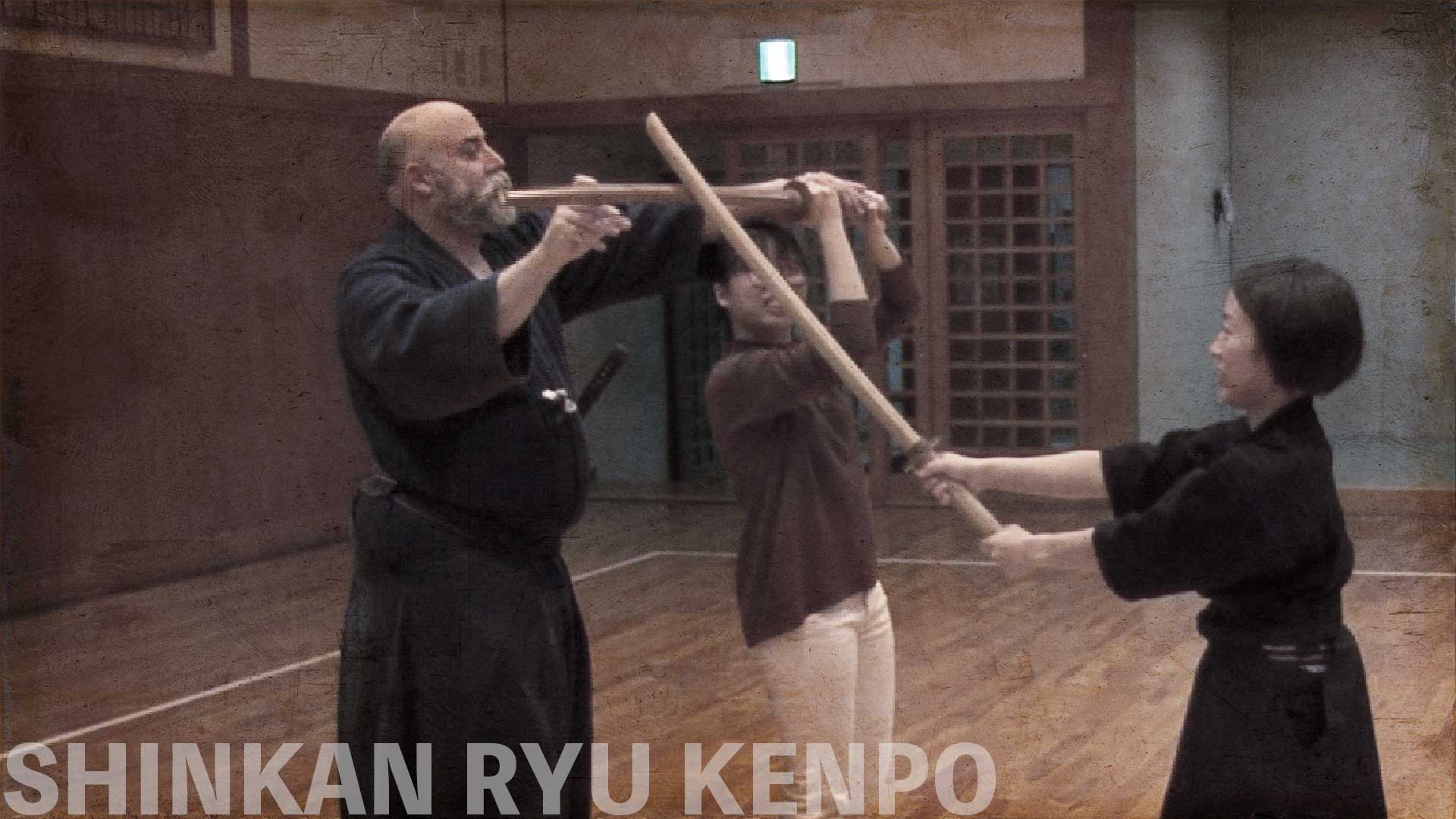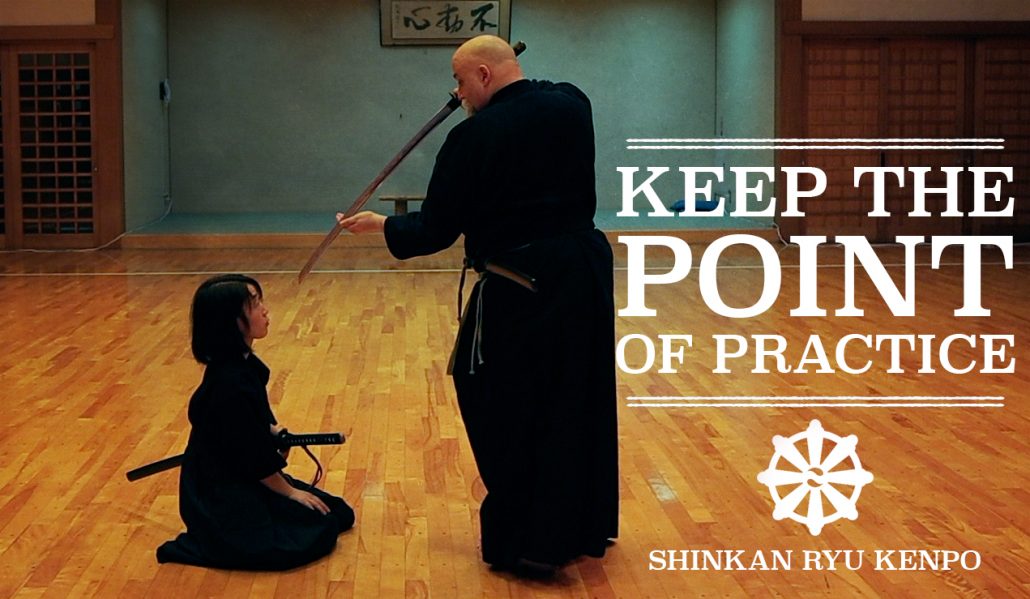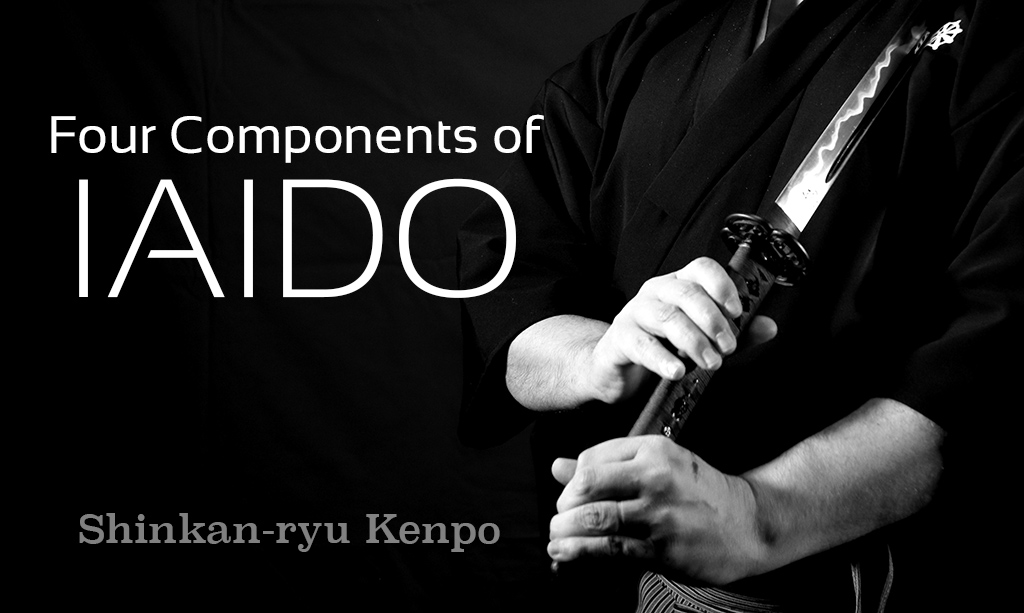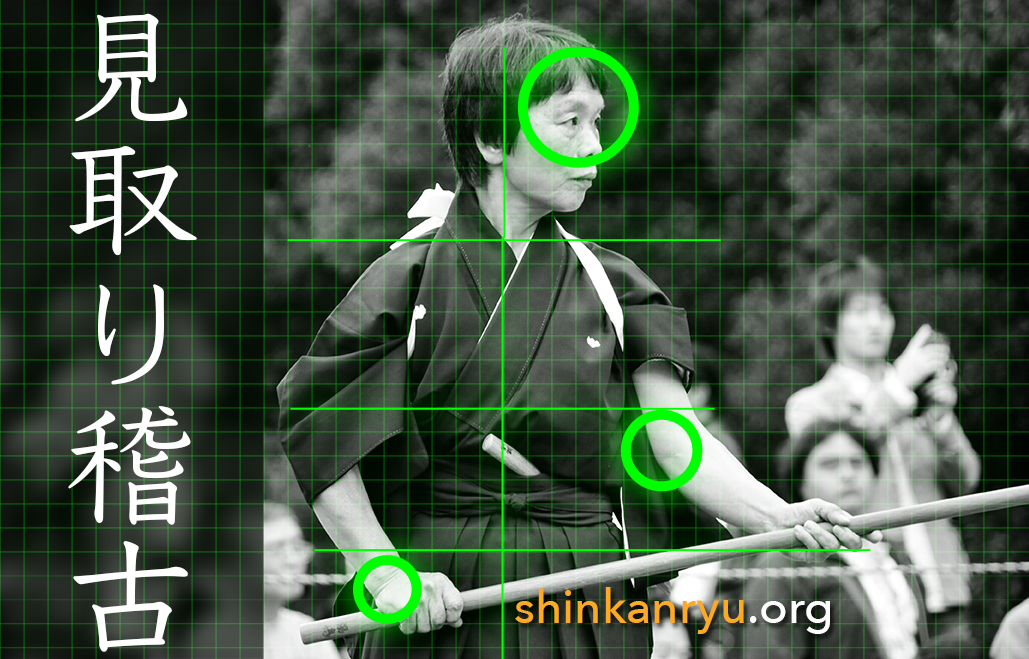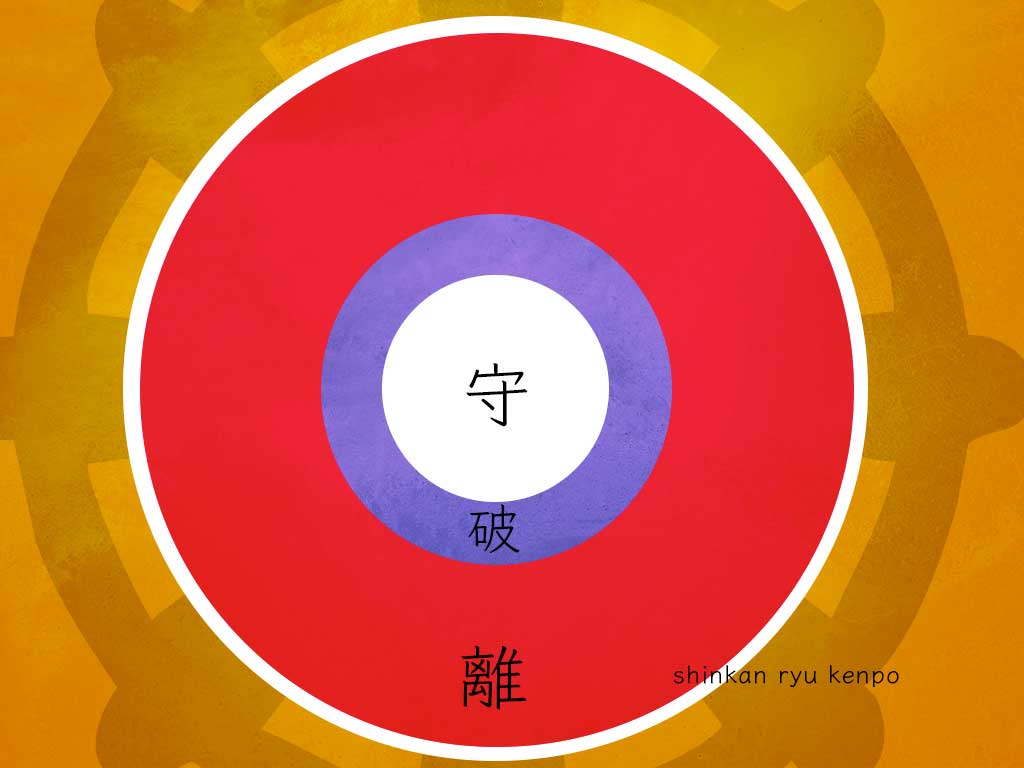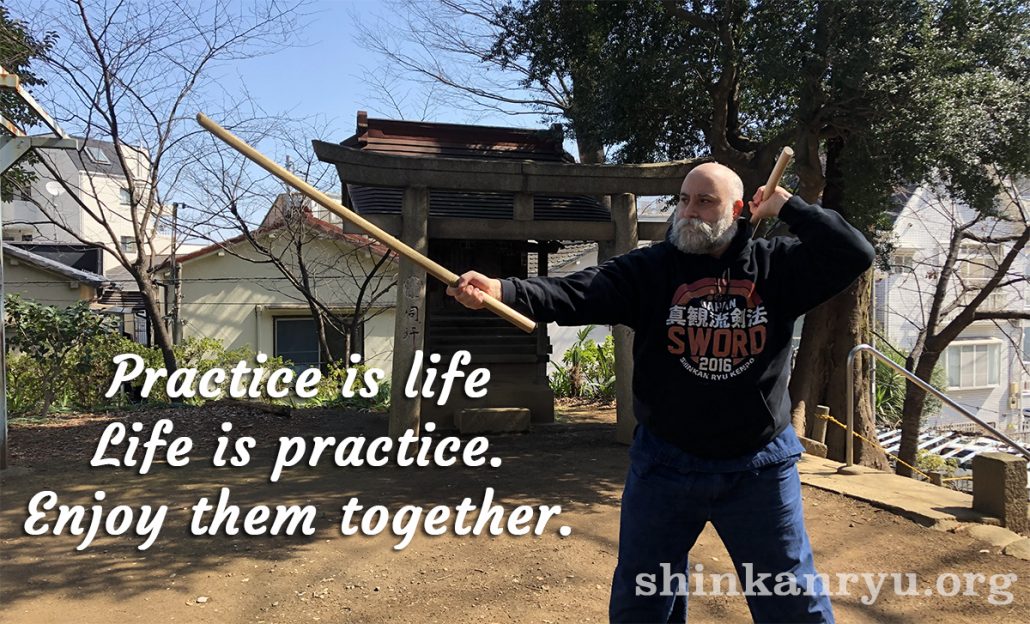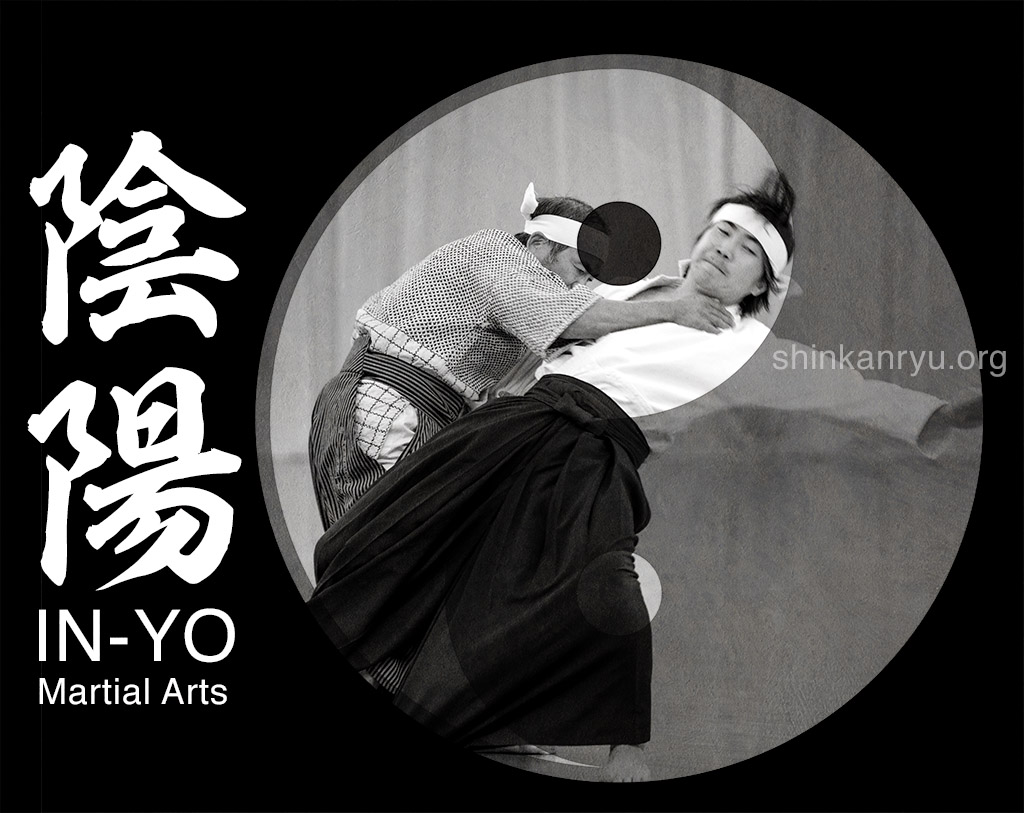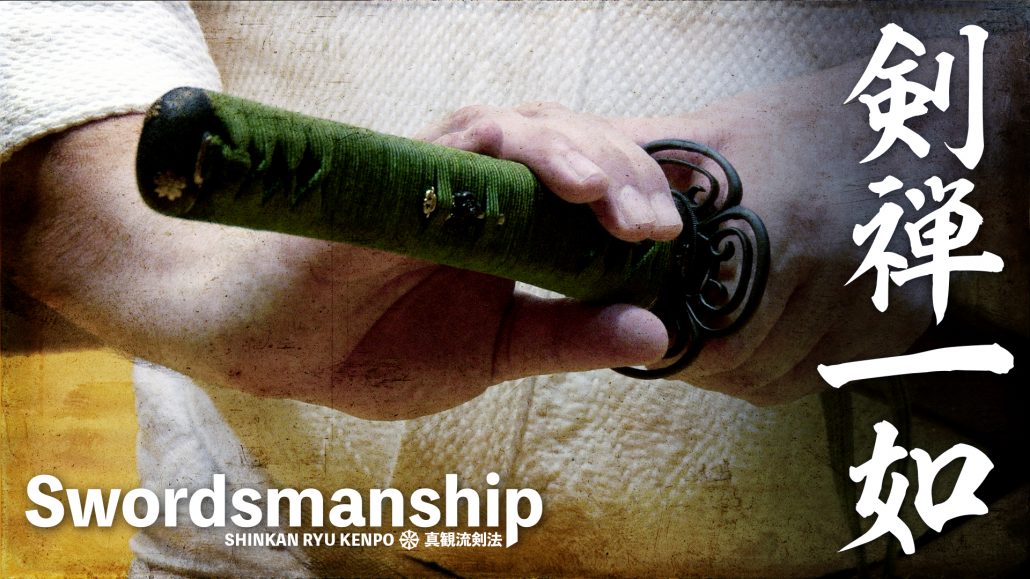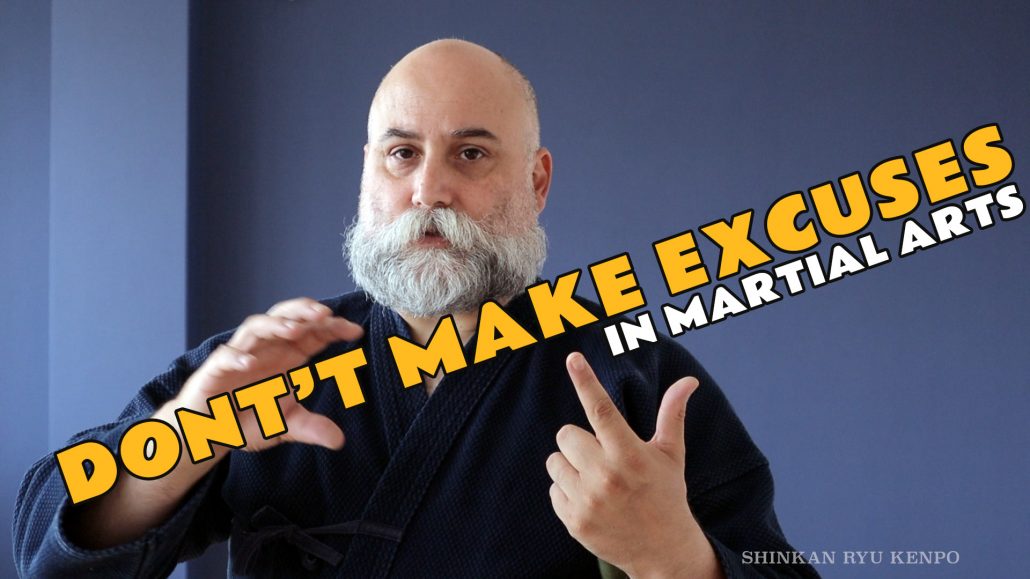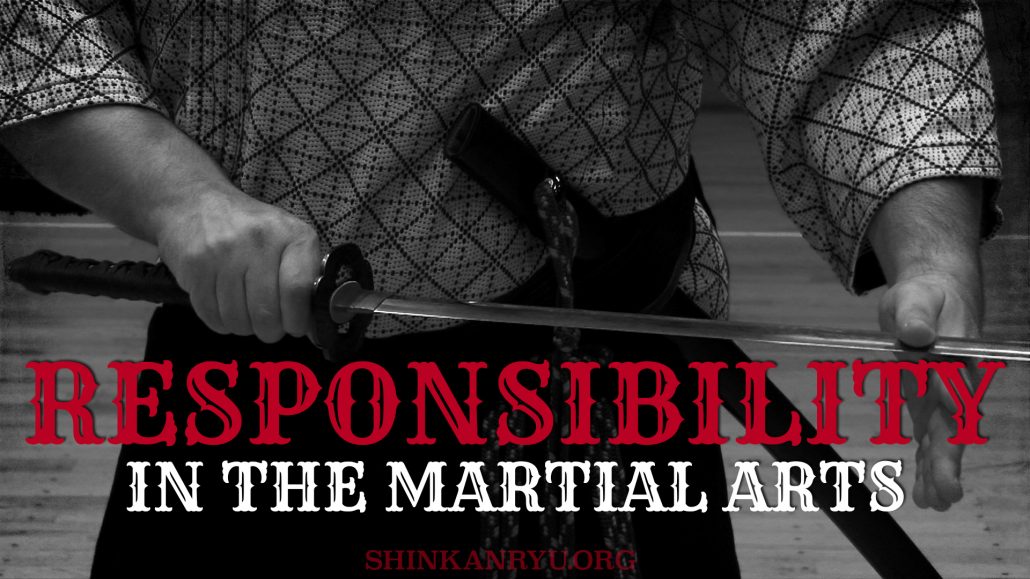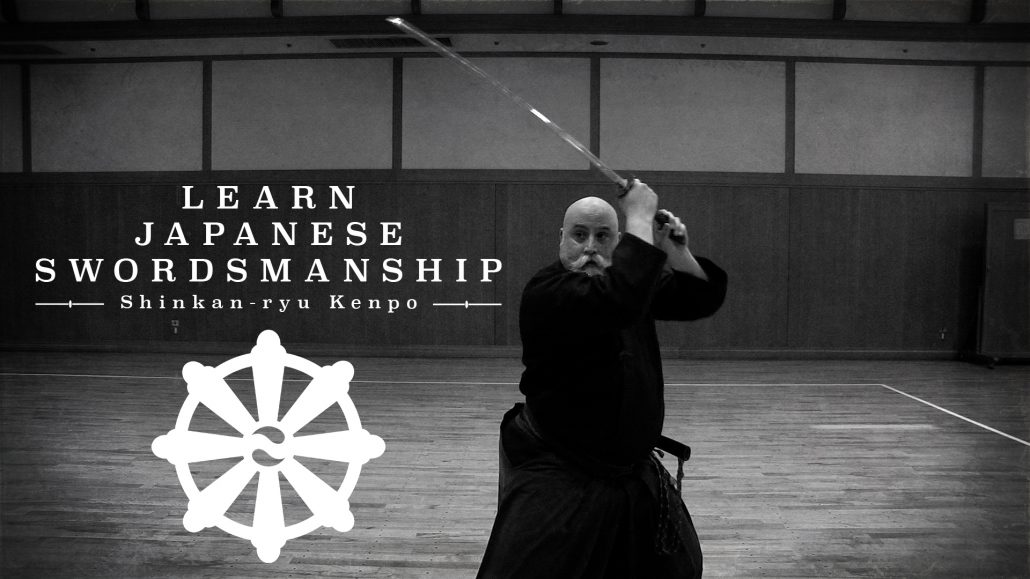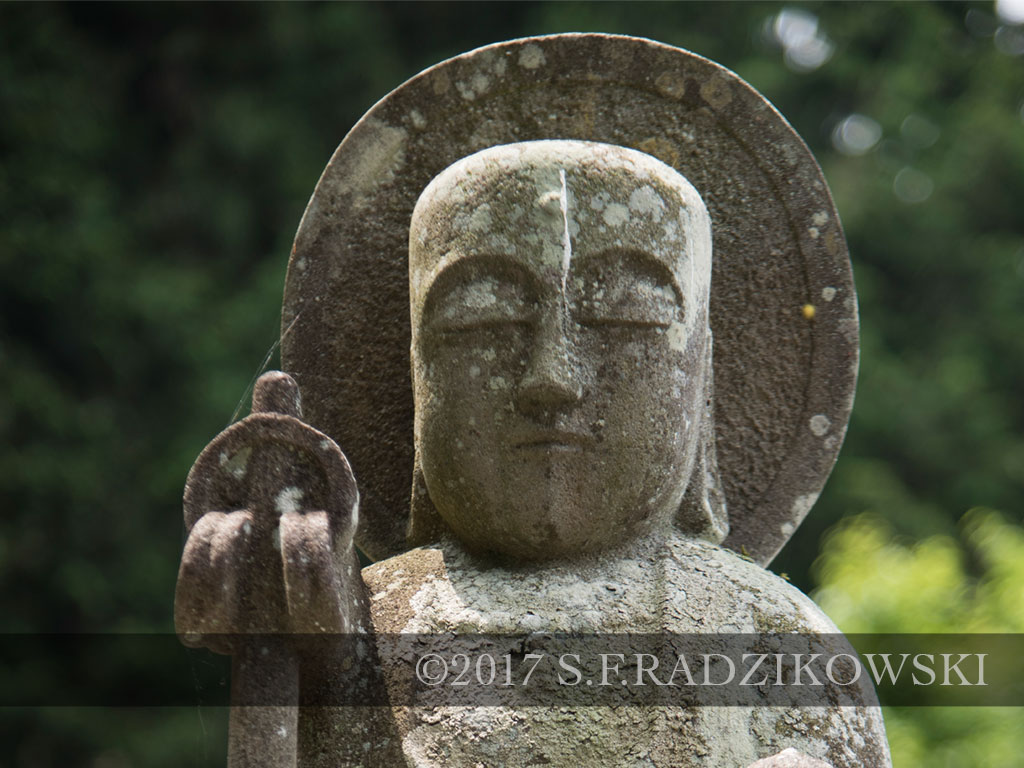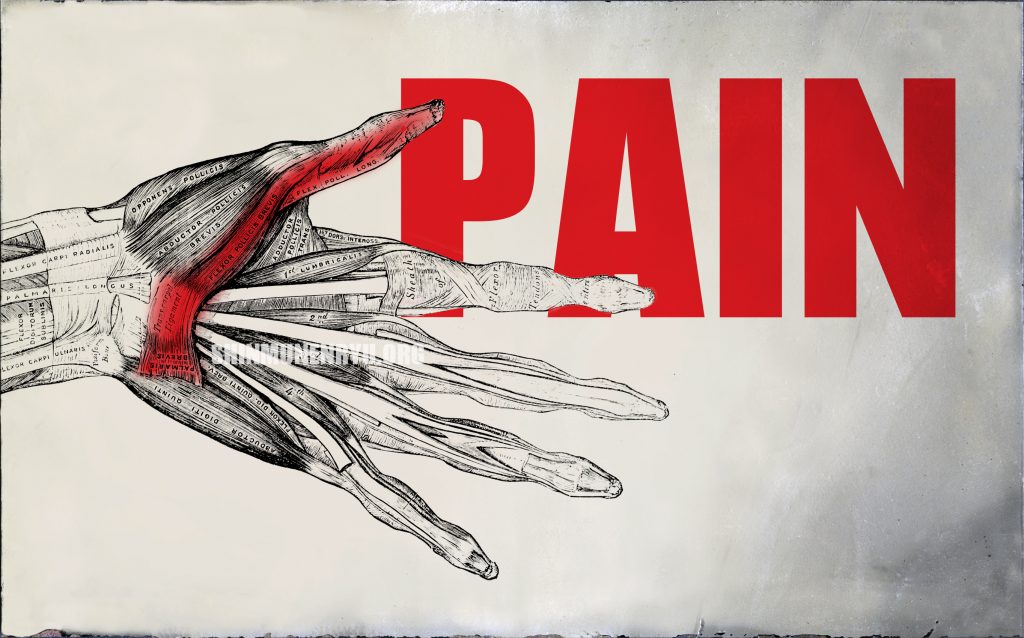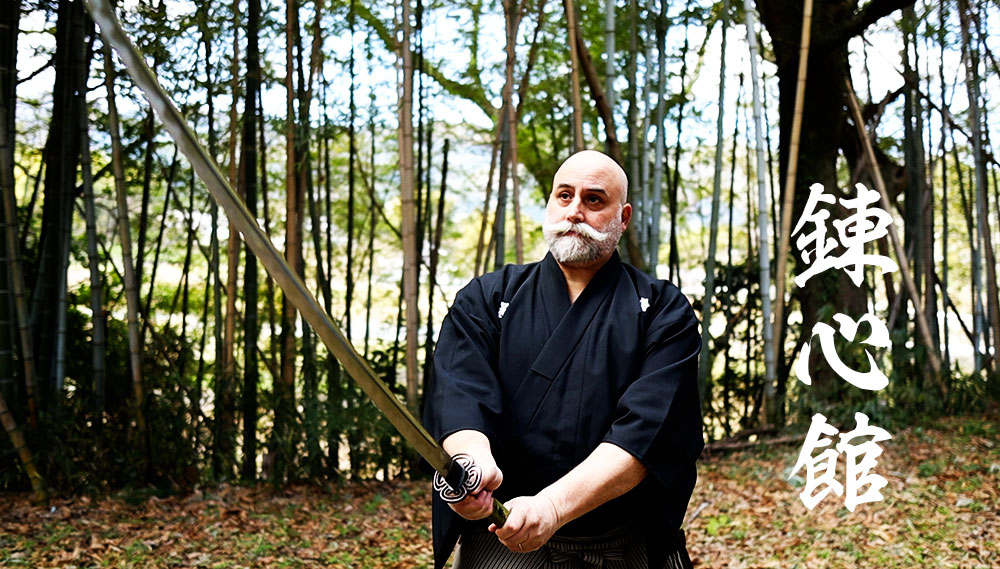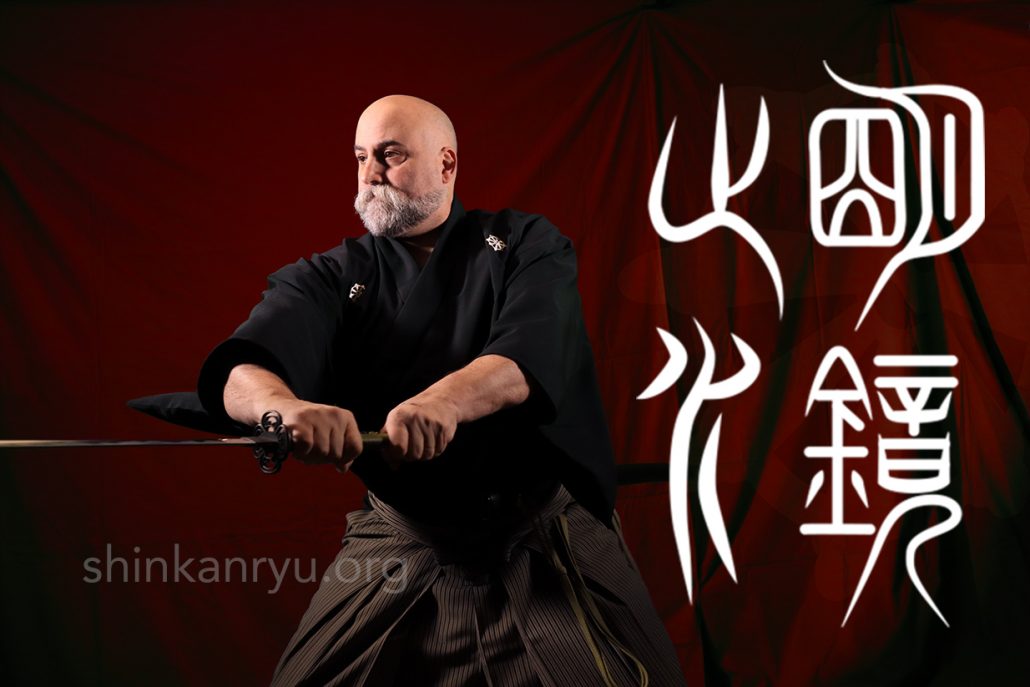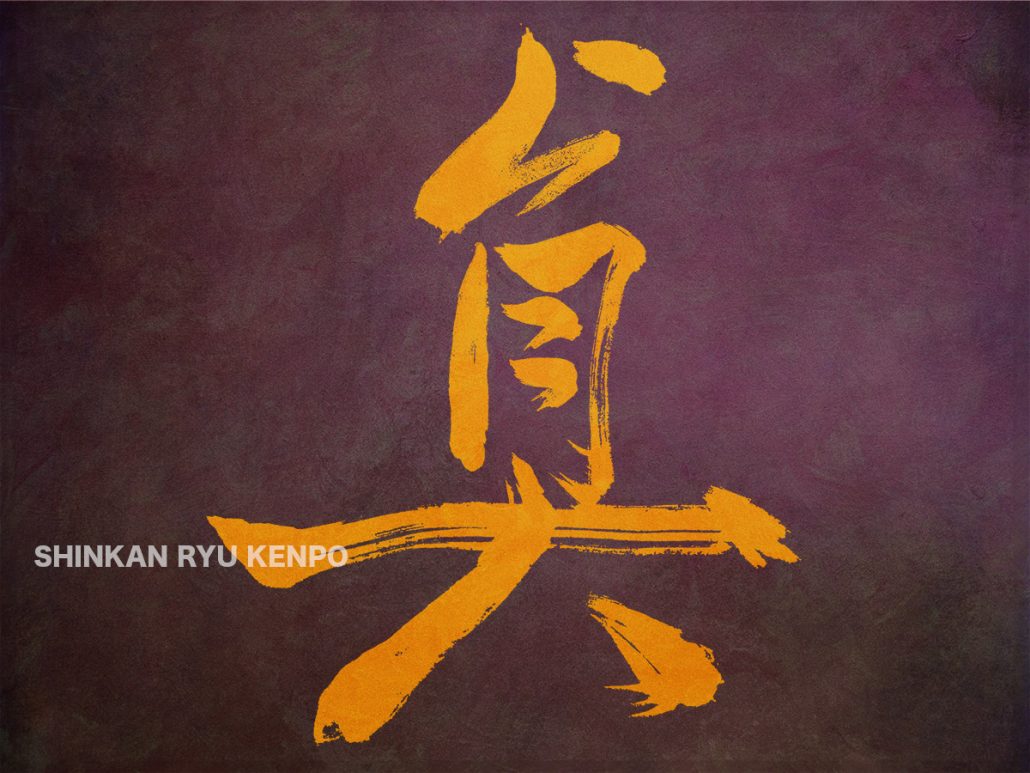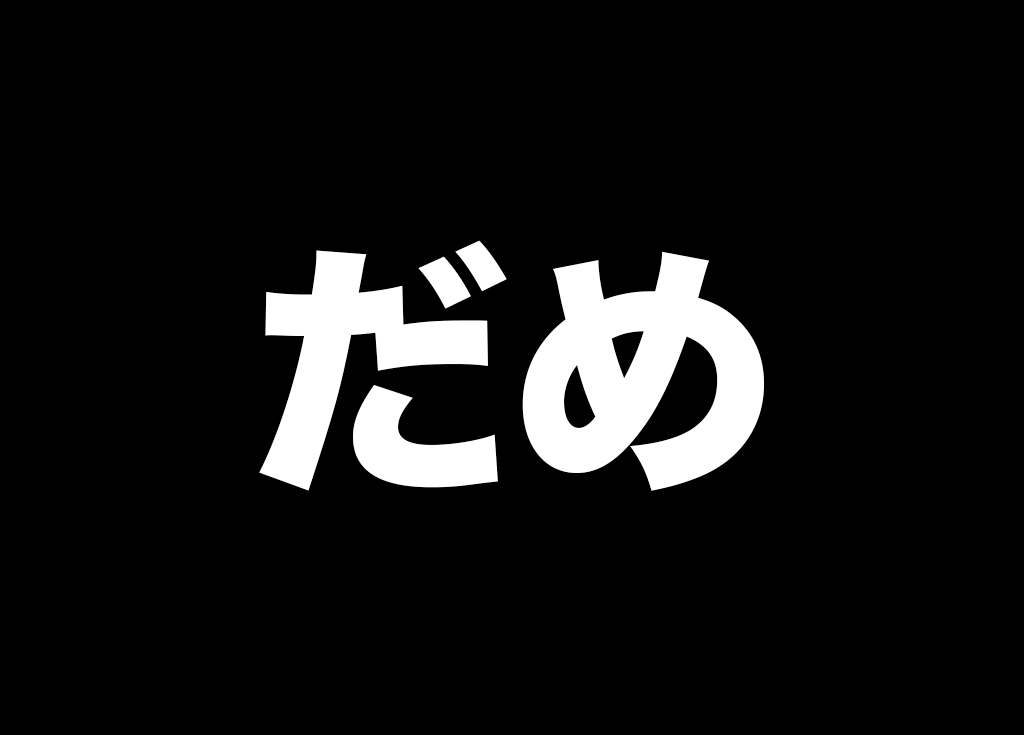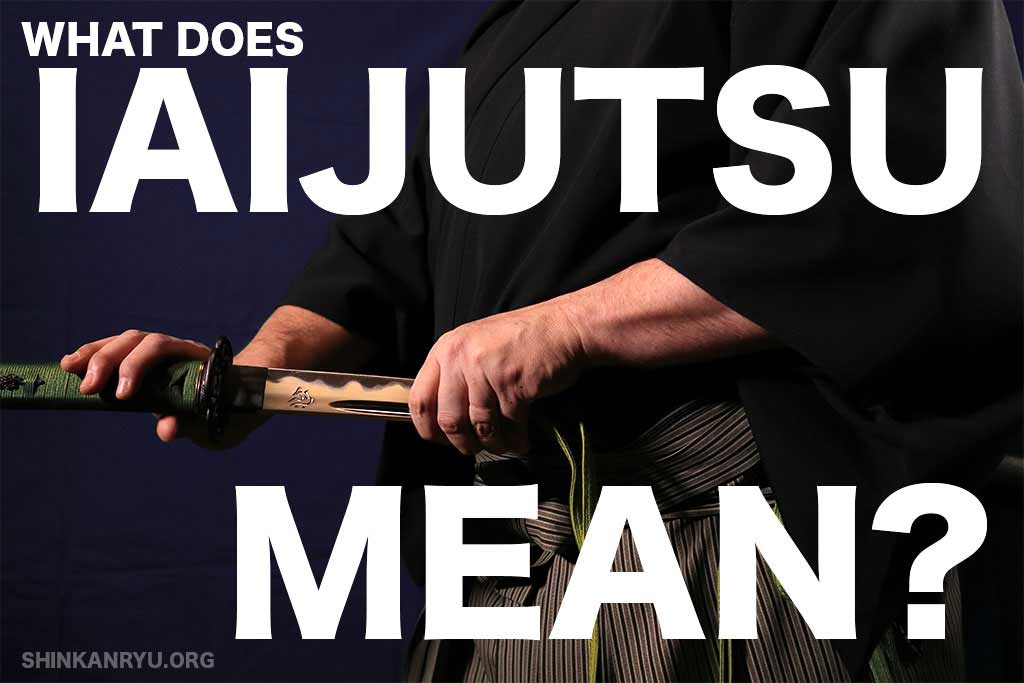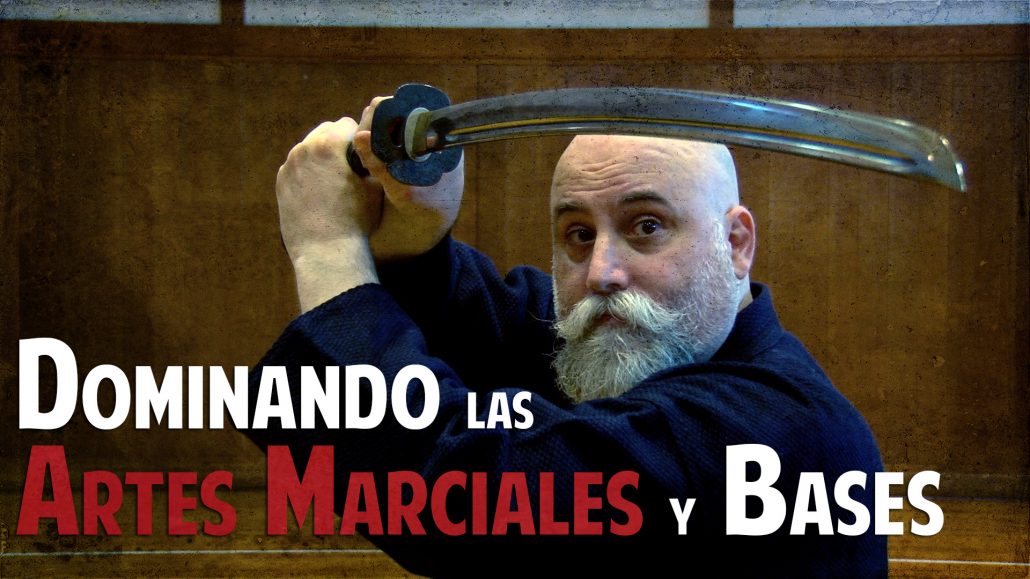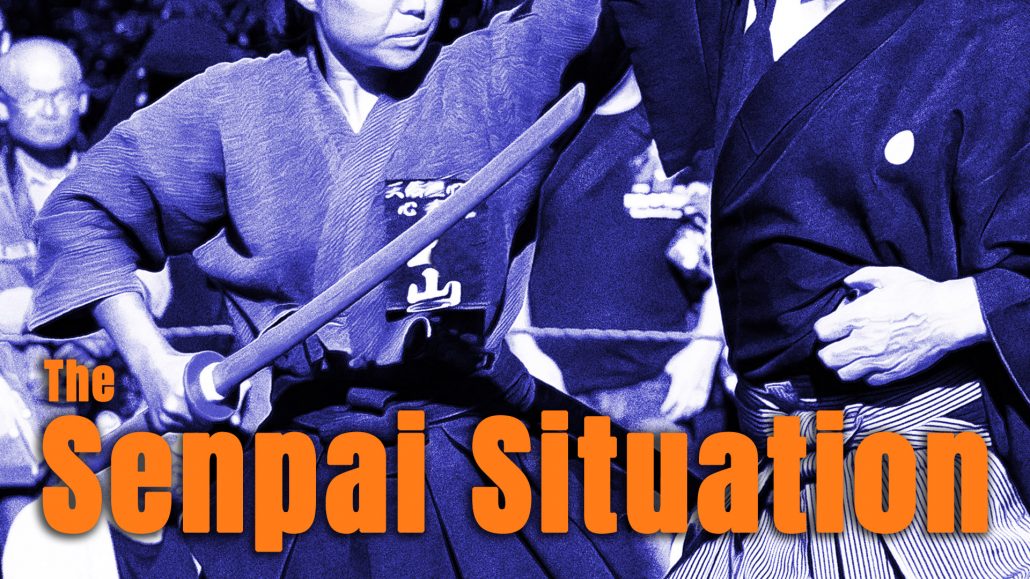How to learn kenjutsu? Learning anything as profound as a martial art needs a teacher. Kenjutsu, while fairly straightforward with a superficial glance, contains a lot of intricate subtleties and nuances. We need a few things to study properly. Firstly a mentor, guide, or teacher. Someone to help us avoid injuring ourselves and to keep us on the right track. We need a clear mind and a true desire to learn. We also need the proper equipment.
There are many styles of Japanese kenjutsu still around today. Although the art of kenjutsu started as a combat skill, it has survived as a martial art even in the age of technology. At least so far it has as of this writing. Kenjutsu has strikes, thrusts, blocks, and parries. Japanese kenjutsu mainly uses the long sword, and most schools practice kenjutsu with a wooden sword called a bokuto (木刀). You might have heard it referred to as a bokken.
There are common bokuto shapes and sizes, but there are also specially shaped bokuto that certain schools use and prefer. Some thin, some straight, and some thick. Some schools like Jigen Ryū often use branches from a tree. Whatever the "sword" it is mainly used as a stand-in for the katana- the sword made famous by the samurai class.

Where to start?
Learning how to hold the swords properly, the basic stances (kamae) and how to move and walk are the first steps. While most kenjustu is quite natural in posture and movement, our bodies and minds are accustomed to the modern lifestyle. So it takes time to adjust ourselves to the more natural and simple postures in kenjutsu. Maybe simple is the wrong word. There is a simplicity to the movements. They are not always easy to grasp in the beginning. Our teacher is extremely important to show us the proper basics. These basics can take a few years to settle in and become second nature.
For practicing one should acquire the correct postures, tenouchi (grips) and movements.
The cuts and thrusts themselves are quite varied. Although there are many different ways to make the cut, there are a pretty standard number of cuts and slices and thrusts. There are basic vertical and diagonal swings. There are lateral cuts, and also thrusts. In total about nine.
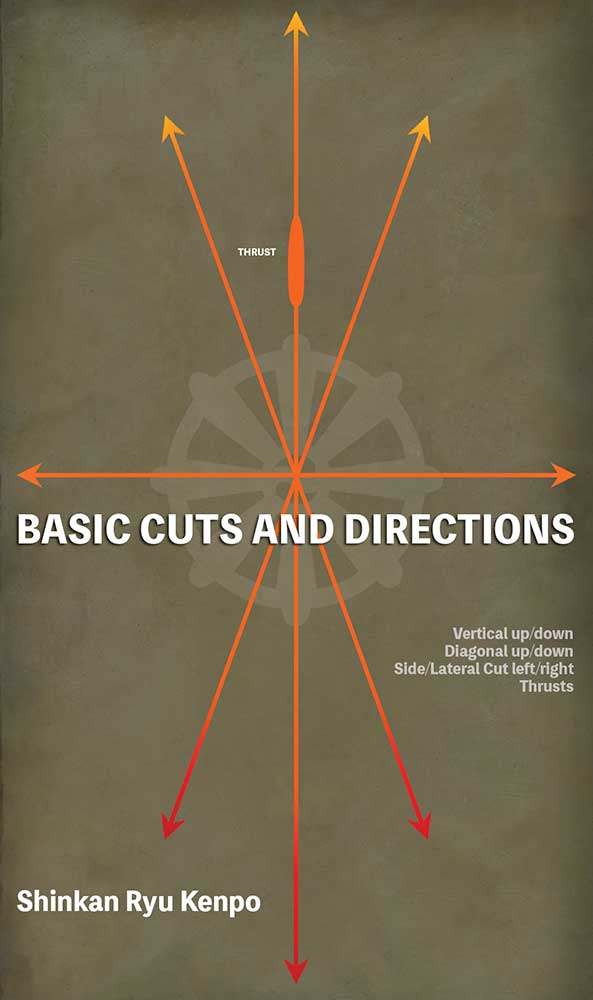
Although it seems simple, performing these while you and a partner are moving is complicated. Though seemingly simple on paper, the various ways to perform a thrust are numerous. It is an integral part of learning kenjutsu to strike properly and to be efficient and on target. The angles pictured above are not exact directions and angles as those also differ from technique to technique and from system to system.
The Mind
Yes, we need our minds. More specifically, we need a clear mind. A mind polluted with hatred, for example, is not conducive to learning weapons. Nor is a mind without compassion. We don't need to be a holy person to start learning, but we do need to have a willingness to change and look at ourselves critically. A self-critical and open mind is an asset in learning.
Although we are grabbing a sword and moving around it is less a physical activity than a mental one. Swordmasters through the ages have all said the same thing. The admonishments on refining spirit and character literally fill books and scrolls. Even in the 1600s, the mind was essential to the high-level sword practitioner.
Be prepared for some mental acrobatics to go with the physical ones.
The Sword
It goes without saying that you will need a wooden sword. Best that your teacher recommends the one for the system in which you are studying. Kenjutsu does occasionally use metal swords. These habikitō have their cutting edges dulled. Even rarer are the real sword (shinken) in kenjutsu training. These are best left to the very long-time practitioners. Although some senseless teachers push using a sharp sword in training on their students. There really is no benefit to a beginner using one. Except of course if you are wishing for a quick trip to the hospital.
Training with a bokuto is scary enough. The bokuto is quite deadly, and countless men have died from a good smack over the ages. It's a weapon, not a harmless training tool.
You do not need a hakama to do kenjutsu but certainly will help because the movements wearing traditional Japanese clothing are much different than jogging shorts or contemporary exercise-wear.
Where to start to learn kenjutsu?
Locate a dojo or teacher that can transmit the basics to you well. One thing about kenjutsu is that each school has different goals and philosophies. It is not generic at all. The sword technique from a certain school is a specialty of that system. There is really no such thing as generic kenjutsu. More general sword fighting from Japan is in the form of modern Kendo.
Is it possible to learn online? It is, but you need a partner. It is also important to get direct instruction from your teacher. Learning kenjutsu through Skype or Google hangouts is certainly possible. I myself have had some success teaching kenjutsu to students not physically next to me. It all depends on your own abilities and your teachers. There is a lot you could get started on learning via web-based instruction. It is not impossible.
When in doubt ask those that already study kenjutsu. It is not recommended to just copy what you see online. It is an endeavor that will require a lot of time and sweat. Spending time in one school to understand the techniques is the best and most rewarding idea.

ラジカスキー真照
館長Saneteru Radzikowski is the head sword instructor of Shinkan-ryū Kenpō. He lives and teaches Iaijutsu and Kenjutsu from Nara, Japan.
©2018 S.F.Radzikowski
The Point of Iaido & Tame
Pardon the pun, but the point of iaido is important to keep. When we practice...
Bushido Chūgi The code of Loyalty
Loyalty is one of the shining points in any list about the virtues important to...
Components of Iaido Iaijutsu
[fusion_builder_container hundred_percent="no" hundred_percent_height="no" hundred_percent_height_scroll="no" hundred_percent_height_center_content="yes" equal_height_columns="no" menu_anchor="" hide_on_mobile="small-visibility,medium-visibility,large-visibility" status="published" publish_date="" class="" id="" background_color="" background_image="" background_position="center...
Mitorigeiko Special Practice
Present and switched on The method of critically watching practice is commonly referred to as...
The Sword With Two Edges
Today I decided to write the four kanji compound of morohanotsurugi. In English, we might...
Shu-ha-ri Budo Learning
Budo Thoughts: Practice is life.
Practice is life. Life is practice. Enjoy them together. Enjoying morning keiko outdoors. The smell...
Secrets of Swordsmanship: In-yō. Ying & Yang
I wanted to talk about IN-YŌ 陰陽, or more commonly known as yin & yang....
Ken Zen Ichi Nyo Sword & Zen Are One
剣禅一如 The sword and zen are one. The mind of zen is an important consideration...
Making Excuses In Martial Arts
In the dojo, when I hear a student offer excuses to a teacher, I can...
Equanimity Of A Bushi
Under the big blue sky, Walk with purpose. せいしょうにへいほうす。青空をすたすた歩く。 Move towards your difficulties (or life...
Martial Arts Responsibility
As a martial arts instructor, or school, or especially if you’re representing an authentic Japanese...
Learning Iaido Online: The Japanese Art of the Sword
Learning Iaido online is a wonderful challenge. Iaido or Iaijutsu can be deceptively simple in its...
Is Compassion Important In Martial Arts?
What is compassion? Compassion is a concern for the suffering or problems of others. The...
Pain & Training In The Martial Arts
Pain & Training Pain is a universal dilemma. Especially for those in sports or martial...
6 Years of Shinkan-ryū Kenpō
Last week marked the 6th year of Shinkan-ryū Kenpō. I want to thank the faithful...
正月 Bujutsu New Years 2019
To all of you that have supported and also those that have caused trouble to...
Bujutsu Truth
Be honest. Move with the truth and discard the lies and false facades. Leave them...
Budo Don’t
Don’t be in love with your weapon. Don’t be in love with your uniform. Don’t...
What Does Iaido & Iaijutsu Mean?
Iaijutsu and iaido are components of kenjutsu 剣術, the arts of the sword. Iaijutsu, iaido...
Dominando las Artes Marciales y las Bases
Hablaré acerca de bases y dominio. Antes de comenzar, quiero decir que usaré la palabra...
What Is A Good Senpai In Budō?
I have discussed teachers and students within martial arts. The senpai-kohai relationship is just as...


